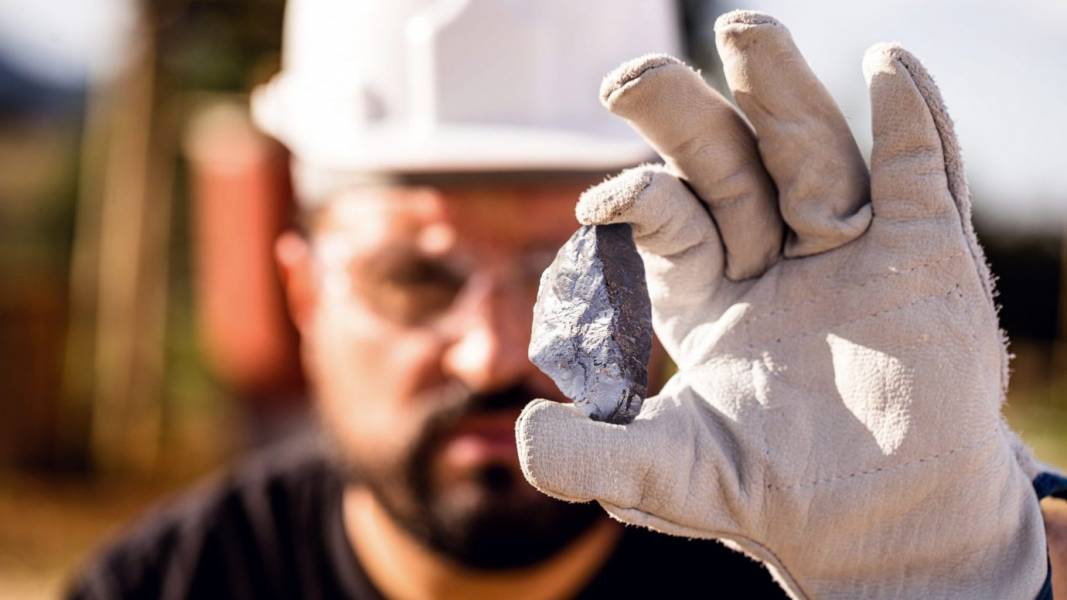Investing in silver can be a great way to add diversity to your investment portfolio and hedge against economic uncertainty. However, with so many options available it can be difficult to know where to start. Let’s discuss the different types of silver mining investments available, and how to decide on the best option for different portfolios.

Investing in Silver
There are several ways for investors to gain exposure to silver, each with its own set of benefits and risks.
Mining Stocks
One option for silver exposure is to invest in mining stocks. Mining stocks are shares of companies that operate mines and produce silver. This can be a great way to get direct exposure to the price of silver, as miners generally sell their product at market prices.
However, it’s important to keep in mind that mining stocks come with additional risk factors beyond the price of silver. For example, mine production can be disrupted by political instability, natural disasters, and other factors. It’s important to choose mining companies with assets and projects in stable mining jurisdictions.
In addition, miners often have high levels of debt and may be subject to volatile commodity prices. On the other hand, some silver companies like Honey Badger Silver (TSXV:TUF) have a strong diversified approach to investing in highly prospective mining projects with potential for option agreements in the future. Honey Badger Silver’s assets, for example, include properties with multiple resources and high optionality for all of them, including zinc and lead on top of key silver deposits.
Royalty and Streaming Companies
Another option for silver exposure is to invest in royalty and streaming companies. These companies don’t actually own mines, but instead, provide financing to miners in exchange for the right to purchase silver at a set price in the future.
Royalty and streaming companies are often less leveraged than miners and may offer more stability during periods of low silver prices. However, they also generally have less upside potential during periods of high silver prices.
Funds
Investors can also invest in silver through mutual funds and exchange-traded funds (ETFs). These provide exposure to a basket of silver mining stocks or other assets, which can offer diversification and reduce volatility.
ETFs are traded on stock exchanges and can be bought and sold like any other stock. However, it’s important to remember that ETFs may track a benchmark index, meaning they may not outperform the overall market.
Mutual funds are not traded on exchanges and can only be purchased through a broker. They also tend to have higher fees than ETFs.
Silver Stocks for Every Portfolio
Depending on whether you have a growth, balanced, or income-focused portfolio, you may need to take a different approach to choose stocks and other silver investments.
For example, if you’re looking for capital appreciation, you may be more willing to take on additional risk in exchange for the potential for higher returns. In this case, mining stocks could be a good option.
If you’re focused on income generation, you might prefer investments with more stability and lower volatility. In this case, royalty and streaming companies or mutual funds might be a better fit.
A balanced portfolio should include a little bit of both, so you may want to consider a mix of investments.
When it comes to silver mining investments, there’s no one-size-fits-all solution. The best option for you will depend on your investment goals and risk tolerance. However, by doing your research and diversifying your portfolio, you can minimize risk and maximize potential returns.
There are plenty of silver mining companies like Honey Badger Silver which offer a diversified approach to investing in high-grade, highly prospective properties for the best returns.
HedgeThink.com is the fund industry’s leading news, research and analysis source for individual and institutional accredited investors and professionals




































